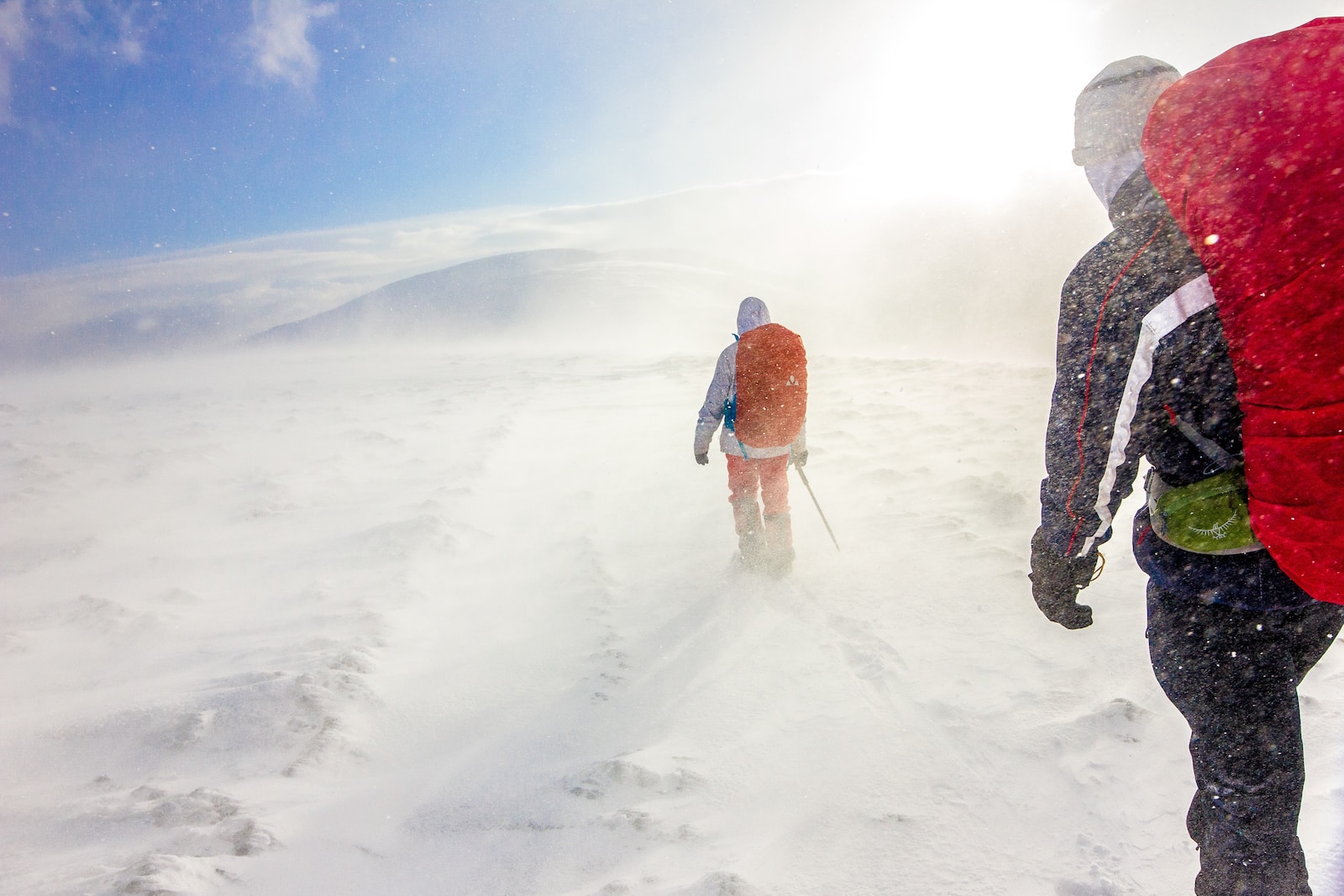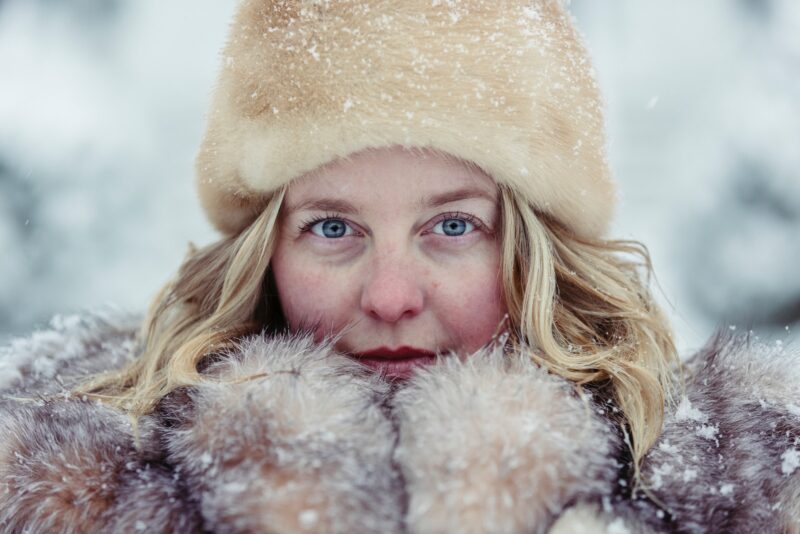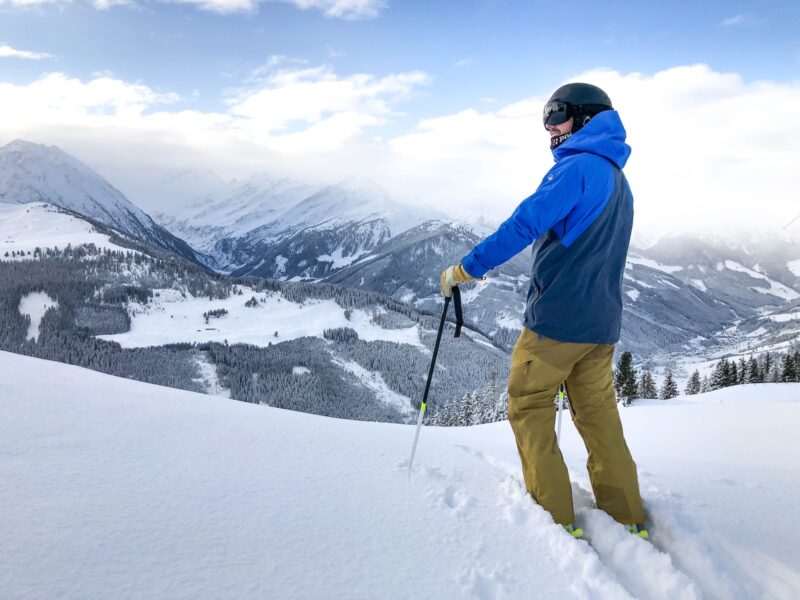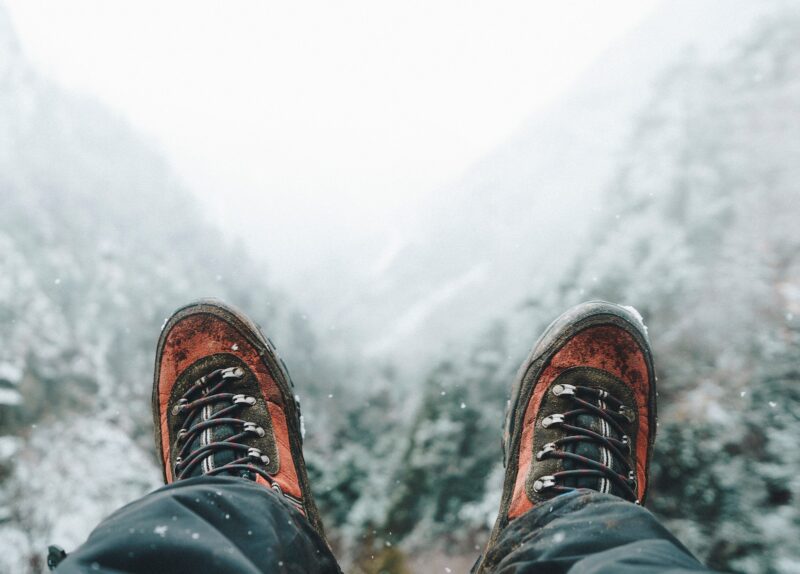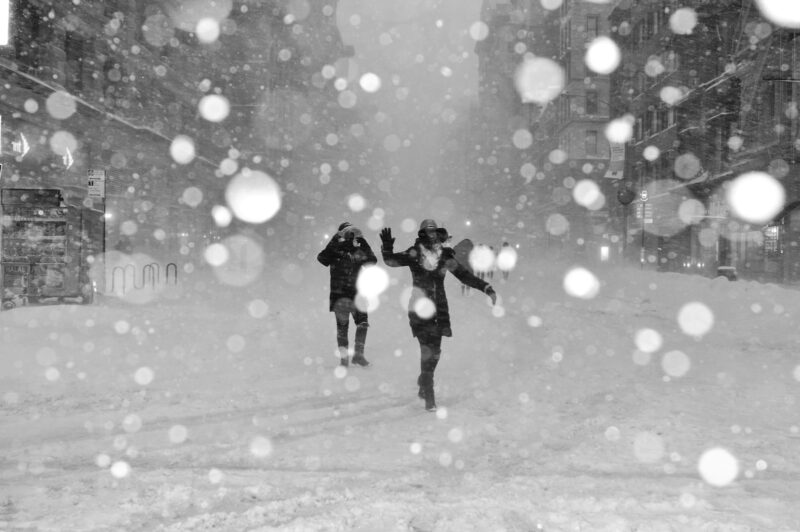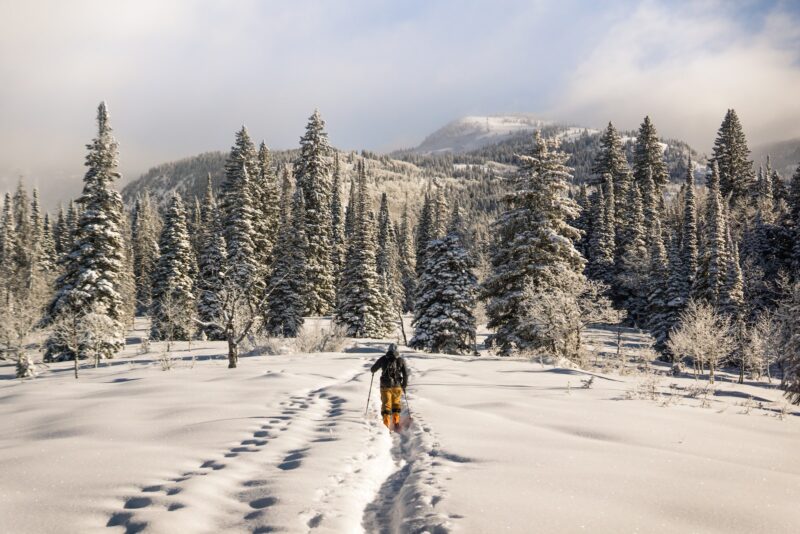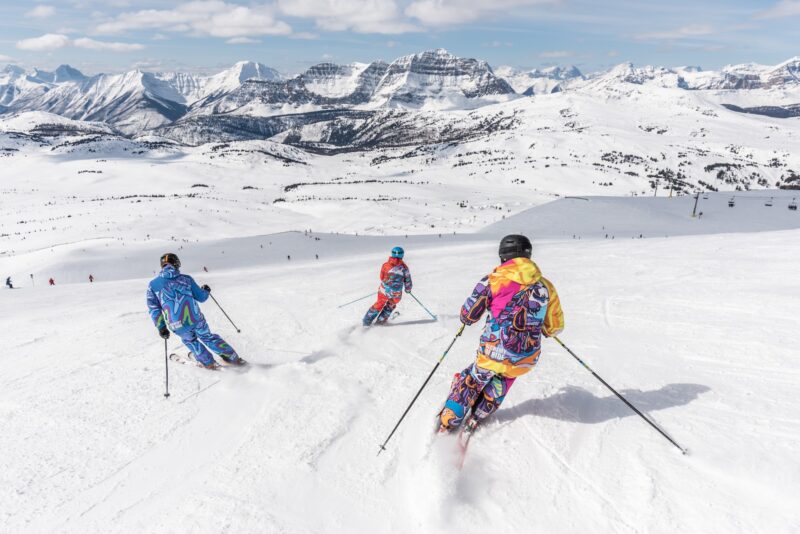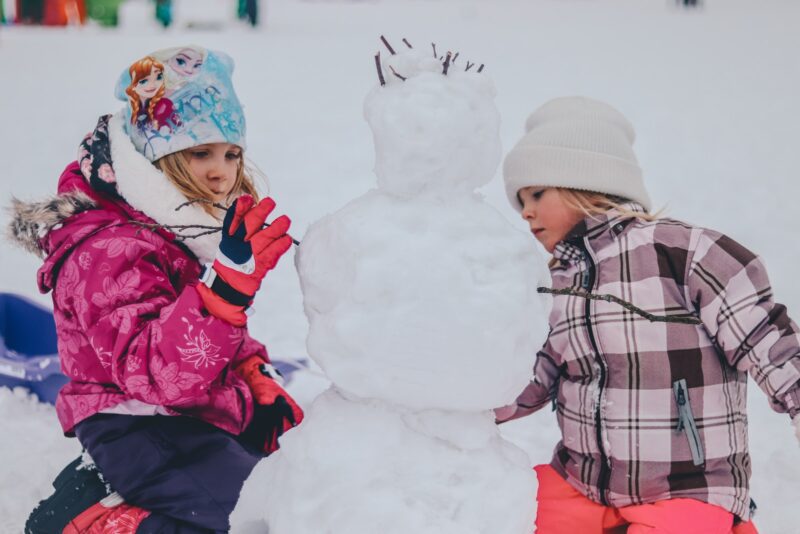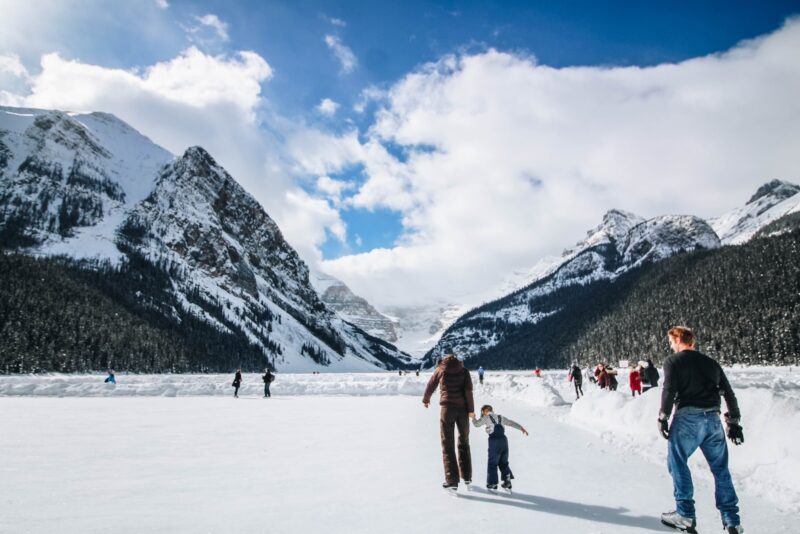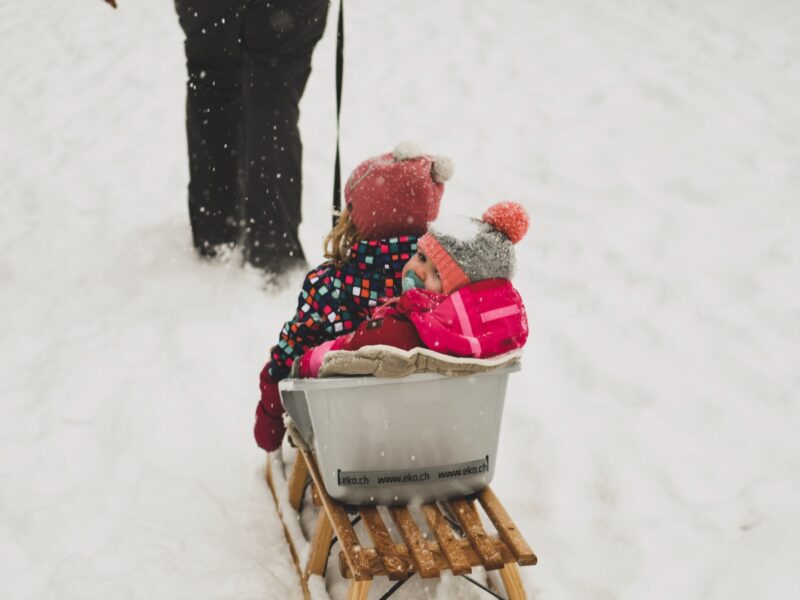When it comes to braving extremely cold weather, dressing appropriately is crucial in order to stay warm and protected. The key to success lies in selecting the right clothing layers and materials that can effectively trap body heat and ensure insulation from freezing temperatures. This article will guide you through the essential tips and techniques for choosing the ideal clothing to remain cozy and comfortable even on the coldest days. Keep reading to know how to dress warm for extremely cold weather.
Table of Contents
ToggleUnderstanding the Science of Dressing Warm
Heat Retention
The key to dressing warm in extremely cold weather is understanding how the body retains heat. Our body generates heat as energy, which keeps us warm. However, cold temperatures cause us to lose that heat faster than we can produce it. To retain body heat effectively, it is necessary to wear multiple layers of clothing. The first layer should be made of moisture-wicking fabric, the second layer should be insulating, and the third layer should be waterproof or wind-resistant.
Effect of Moisture
Moisture plays a significant role in how warm we feel in cold weather. Sweat and condensation can make us feel cold, even if we are dressed warmly. This is because as moisture evaporates from our skin, it takes some of our body heat with it. Consequently, it is crucial to wear moisture-wicking fabrics, such as synthetics and wool, that keep our skin dry by absorbing and transferring sweat away from the body.
Importance of Blood Circulation
Adequate blood circulation is essential for maintaining body temperature, as it helps to distribute the heat generated by our bodies. Clothing that is too tight can restrict blood flow, which may lead to decreased body warmth and even frostbite in extreme conditions. Choose clothing that is comfortable and allows for easy movement to ensure proper blood flow. Footwear and gloves should also allow for some wiggle room to prevent any issues with blood circulation.
Components of a Cold-Weather Wardrobe
Head Coverings
A key component to staying warm is protecting your head from cold temperatures and wind. A good winter hat or beanie is essential. Opt for hats made from materials like wool, fleece, or even synthetic insulations like Thinsulate. Don’t forget about your ears – make sure your hat covers them well or consider adding earmuffs for extra protection. A scarf is another valuable accessory, as it can be wrapped around your neck or pulled up to cover your face if needed.
Upper Body Wear
In extremely cold weather, layering is essential for upper body warmth. Start with moisture-wicking undies or a base layer made from materials like Merino wool or performance synthetic fabrics. Add a mid-layer like a turtleneck or fleece for insulation. Finally, choose an insulated jacket to keep you warm and shield you from wind. Down or synthetic-padded jackets can offer excellent warmth without adding bulk. When choosing a jacket, keep in mind the desired level of insulation, waterproofing, and breathability, as these factors may impact both your comfort and fashion choices.
Lower Body Wear
To keep your legs warm, start with thermal undies or base layers. Look for materials that wick moisture, like Merino wool or synthetic fabrics, to avoid feeling clammy. Next, add an insulating layer such as fleece or down pants for extreme cold. For outerwear, opt for windproof and waterproof pants to protect yourself from harsh elements. In terms of colors and textures, don’t be afraid to experiment with different combinations based on your personal preference.
Footwear
Cold weather calls for proper footwear to keep your feet warm and dry. Insulated boots are a must, and materials like waterproof leather or synthetic uppers can provide added protection. Consider styles like the Chelsea boot with a good grip for icy or slippery surfaces. Pair your boots with moisture-wicking and insulating socks, preferably made from wool or a synthetic blend. In extremely cold temperatures, wearing two pairs of socks or layering thermal insoles can provide extra warmth. To protect your hands, invest in high-quality gloves or mittens made from insulated, waterproof materials to keep your fingers warm and dry.
By carefully selecting head coverings, upper and lower body wear, and footwear, you can create a functional and fashionable cold-weather wardrobe that keeps you warm and comfortable during the most frigid winter days.
Understanding Layers in Extreme Cold
The Base Layer
The base layer is the first layer worn close to your skin to regulate body temperature. The primary function of this layer is to wick moisture from your skin to keep you dry. Common clothing pieces used for base layers include long underwear and inner layer tops. Materials like polyester, wool, and silk are best suited for this layer, as they help in moisture management and provide insulation.
One should avoid using materials like cotton for the base layer, as it absorbs moisture, leaving you damp and cold. Choosing a snug fit will ensure effective moisture-wicking while still allowing you to breathe comfortably.
The Middle Layer
The middle layer acts as an insulating layer to trap heat and keep you warm. It mostly consists of clothing made from materials such as fleece, wool, and down. This layer should be chosen based on the predicted weather conditions and personal preference for warmth and bulkiness.
Fleece jackets and pants, wool sweaters, and down vests are common middle layer options. Lighter weight pieces can be used for mild conditions, while heavier ones work better in more extreme temperatures. Layering multiple middle layers is also helpful, as it allows for easy adjustments according to the fluctuating weather.
The Outer Layer
The outer layer, also known as the shell layer, is the protective barrier against external elements like wind, rain, and snow. This layer should be breathable to allow moisture from the inner layers to escape while keeping out the cold and rain.
Outer layer garments include rain jackets, windbreakers, and insulated parkas. Choose materials like Gore-Tex, eVent, or other waterproof fabrics that provide breathability and protection. Preferably, use a jacket with zippers or vents that can be adjusted for better temperature regulation.
It’s essential to properly layer your clothing for extreme cold weather, focusing on these three layers – base, middle, and outer. By selecting appropriate materials and clothing pieces, you can remain warm and dry in even the harshest conditions.
The Right Materials for Warmth
Natural Materials
Wool is a popular natural material for cold-weather clothing. It provides excellent insulation and maintains its warmth even when wet. Merino wool is a high-quality type of wool known for its softness and superior insulating properties.
Down is also highly regarded for its exceptional warmth. It is often used as an insulating material in jackets, vests, and sleeping bags. However, its ability to retain warmth decreases when it gets wet, unlike wool.
Silk is known for its lightweight and thermoregulating properties. Although not as insulating as other materials, silk is a good choice for base layers as it adds warmth without adding bulk.
Cotton is not recommended for extremely cold weather. It retains moisture and loses its insulating properties when wet, which can quickly lead to hypothermia in harsh conditions.
Synthetic Materials
There are various synthetic materials that excel at keeping you warm during extreme cold weather. Fleece is one such material, renowned for its lightweight and effective insulation. Often used in jackets and mid-layers, fleece is great at trapping body heat while wicking away moisture.
Other synthetics, like Thinsulate and Primaloft, offer good insulation with less bulk. These materials are commonly used in jackets, gloves, and boots because they are lightweight, water-resistant, and quick-drying.
It is important to choose the right warm materials when dressing for extremely cold weather. By combining natural and synthetic materials in the appropriate layers, you can ensure optimal warmth while reducing the risk of becoming too cold or overheating.
Ensuring Water-Resistance and Breathability
Waterproof Clothing
When dressing for extremely cold weather, it’s essential to choose waterproof clothing to protect yourself from moisture. Waterproof materials, such as GORE-TEX and polyurethane coatings, prevent water from penetrating the fabric and keep you dry. Keep in mind that waterproof outerwear should include a solid outer layer, like a hard shell or insulated jacket, as well as waterproof footwear, gloves, and trousers.
Breathable Clothing
In addition to waterproof clothing, opting for breathable fabric is critical to your comfort while facing harsh conditions. Breathable materials enable moisture and heat to escape without allowing water to enter. This ensures that sweat can evaporate, preventing clamminess and maintaining warmth. Examples of breathable fabrics include:
- GORE-TEX
- eVent
- Polartec NeoShell
Layering is a key aspect of dressing for extremely cold weather. A breathable base layer made of moisture-wicking material, such as merino wool or polyester, will help to transport sweat away from your skin. A mid-layer, made from a breathable insulating fabric like fleece or down, will add extra warmth while still allowing moisture to escape.
To achieve optimal water-resistance and breathability, consider these tips:
- Select waterproof materials, such as GORE-TEX or polyurethane coatings, for your outer layers.
- Choose breathable fabrics for your base and mid-layers to ensure moisture management and heat regulation.
- Don’t forget to include water-resistant gloves, trousers, and footwear to complete your cold-weather ensemble.
By carefully selecting water-resistant and breathable clothing, you can stay warm, dry, and comfortable during extremely cold weather.
Caring for Your Cold-Weather Clothes
Taking care of your cold-weather wardrobe is essential in maintaining the effectiveness and longevity of your clothes. Regular and proper care will ensure that your winter garments continue to provide warmth and protection in extremely cold conditions.
Firstly, it is important to follow the manufacturer’s care instructions found on the label of each garment. These guidelines provide specific details on the preferred cleaning methods, temperatures, and detergents that are suitable for the fabric. Ignoring these instructions may result in permanent damage to your clothes.
When it comes to washing, consider using a gentle detergent designed for delicate fabrics, as harsh chemicals can affect the performance of your clothes. For instance, down-filled jackets may lose their insulation properties if not cared for properly. It is also recommended to avoid fabric softeners and bleach, as they can break down the fibers in your garments.
After washing, allow your clothes to dry properly. Whenever possible, air-dry your clothes to preserve their breathability and waterproof properties. It is important to avoid using high heat settings or direct sunlight for drying, as these can cause damage to the materials. If you must use a dryer, choose a low-heat setting and keep an eye on the drying process.
Lastly, remember to store your clothes appropriately when not in use. Hang your garments in a cool, dry place, avoiding direct sunlight. Utilize breathable garment bags if necessary, to prevent unwanted moisture or pests from reaching your clothes. Proper storage also helps maintain the shape and functionality of your cold-weather garments.
Health Risks and Protective Measures in Extreme Cold
When it comes to extremely cold weather, staying warm and safe should be your top priority. In this section, we will discuss two common health risks: hypothermia and frostbite, and the protective measures you can take to avoid them.
For more information on how to stay healthy when traveling, check out this post.
Preventing Hypothermia
Hypothermia is a dangerous condition in which a person’s body temperature drops below the normal range (95°F or 35°C). It can be caused by prolonged exposure to cold, wet, or windy conditions. Here are some tips to reduce the risk of hypothermia:
- Dress in layers: Layering clothing traps air between the layers and provides better insulation. Opt for moisture-wicking material close to the skin, insulating material in the middle layer, and a waterproof and windproof layer on the outside.
- Stay dry: Wet clothing loses its insulation properties and can lead to rapid cooling. Carry extra clothing, such as socks and gloves, to change if you get wet.
- Cover your head: Significant body heat is lost through the head, so wear a hat or hood, especially when it’s windy.
- Eat and drink: Adequate nutrition and hydration help your body generate enough heat to keep warm. Consume high-energy foods and warm, non-alcoholic fluids.
- Monitor each other: If you’re with others, watch for signs of hypothermia such as shivering, confusion, drowsiness, and slurred speech.
Avoiding Frostbite
Frostbite occurs when skin and underlying tissues freeze due to exposure to cold weather. It commonly affects the extremities, such as fingers, toes, nose, and ears. Follow these preventative measures to reduce the risk of frostbite:
- Protect your skin: Keep all skin covered with adequate clothing, including gloves, mittens, scarves, and earmuffs. Do not expose any skin to extremely cold temperatures for prolonged periods.
- Choose appropriate garments: Avoid tight clothing and footwear that can constrict blood flow, opt for loose-fitting options that allow for good circulation.
- Warm up frequently: Take breaks in warmer environments and periodically check your exposed skin for signs of frost nip, the precursor to frostbite. This may manifest as cold sensation, red skin that turns pale, and numbness.
- Avoid smoking and alcohol: Smoking restricts blood flow to the extremities while alcohol impairs judgment and the ability to notice cold-related problems.
By following the guidelines and protective measures mentioned, you can effectively reduce the risks of hypothermia and frostbite in extreme cold weather.
Additional Tips for Staying Warm in Cold Weather
Choose the right socks. Opt for socks made of materials with excellent insulation properties, such as wool or a high-quality synthetic blend. These materials will keep your feet warm and dry by wicking sweat away from your skin.
This post reviews the best socks for cold weather
Layer up for better insulation. Dress in multiple thin layers rather than one bulky layer. The layers work together to trap warm air close to your body. Make sure the base layer is moisture-wicking to avoid sweating, as this can make your body colder over time.
Protect your extremities. The body focuses on keeping vital organs warm, meaning your extremities are more prone to losing heat. Invest in cold-weather clothing accessories like insulated gloves or mittens, earmuffs, and thick hats that cover your ears.
Utilize blankets and warmers. When relaxing indoors or attending outdoor events, make use of blankets to keep your body warm. Portable body and hand warmers can also be helpful in boosting your overall warmth.
Following these cold-weather clothing tips will help you stay warm and comfortable when facing extremely cold temperatures.
Frequently Asked Questions / TLDR
What are the best materials for warm clothing?
Natural materials such as wool, down, and cashmere are excellent insulators that retain heat well. Wool is particularly effective as it wicks away moisture, keeping you dry and warm. Synthetic materials like fleece, Thinsulate, and PrimaLoft are also suitable options for providing warmth in cold weather.
How should I layer clothes effectively for cold weather?
Layering is crucial for staying warm. Start with a moisture-wicking base layer (preferably made of synthetic materials) to keep your skin dry. Add an insulating middle layer to retain body heat, ideally made from wool or fleece. Finally, wear a waterproof and windproof outer layer to protect you from the elements. Make sure each layer can be removed or adjusted depending on the weather and temperature changes.
What are some warm and stylish clothing options for winter?
Warm and stylish winter options include fashionable wool coats, cashmere sweaters, down jackets, and knee-high boots. For accessories, consider adding scarves, beanies, or earmuffs to enhance warmth and add a chic touch to your outfit.
How can I dress fashionably for extremely cold weather?
Focus on selecting high-quality fabrics, such as wool, cashmere, and down, for better insulation. Look for fashionable coats, like tailored peacoats or long trench coats, to make a style statement during extreme cold. Accessorize with colorful scarves and hats to add an element of fun and personal flair to your winter wardrobe.
What essential gear is needed for extreme cold weather?
Protective gear is essential during extreme cold. Essential items include insulated waterproof boots, thermal socks, gloves or mittens, a warm hat or balaclava, and a neck gaiter. Additionally, investing in high-quality materials such as down and wool will help you stay warm in colder temperatures.
Share with someone who needs to know how to dress for extremely cold weather. *Looking at you college students*.



